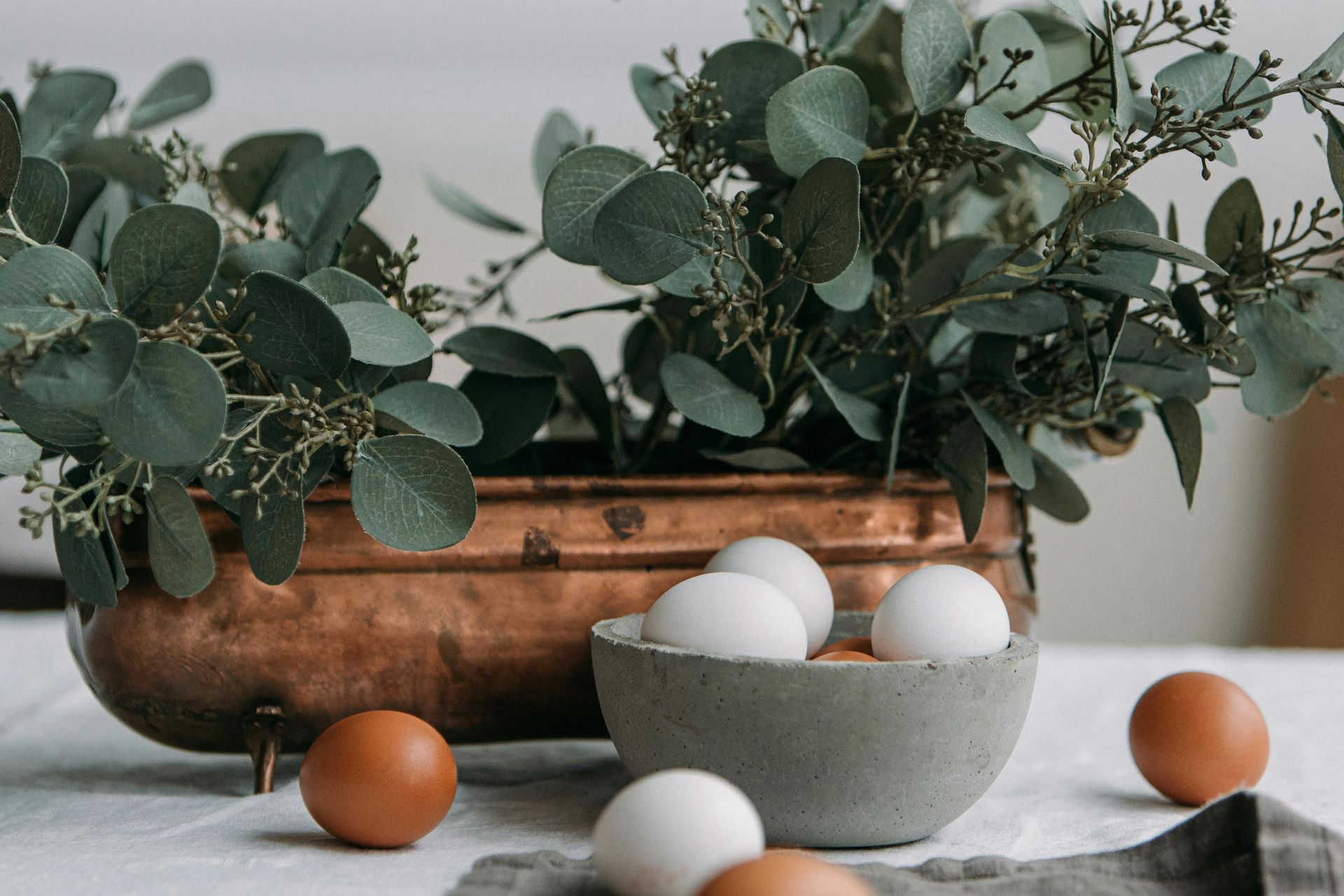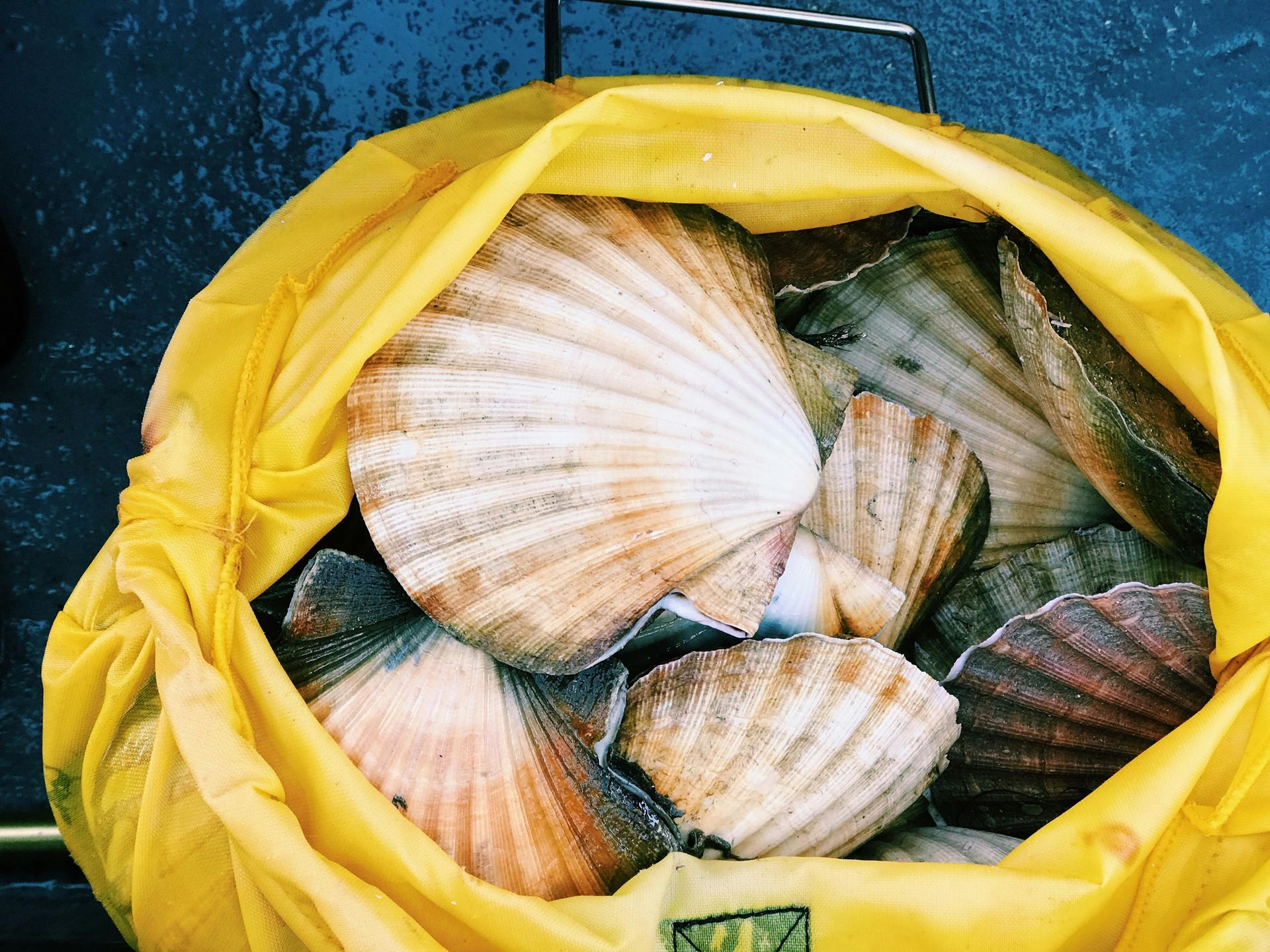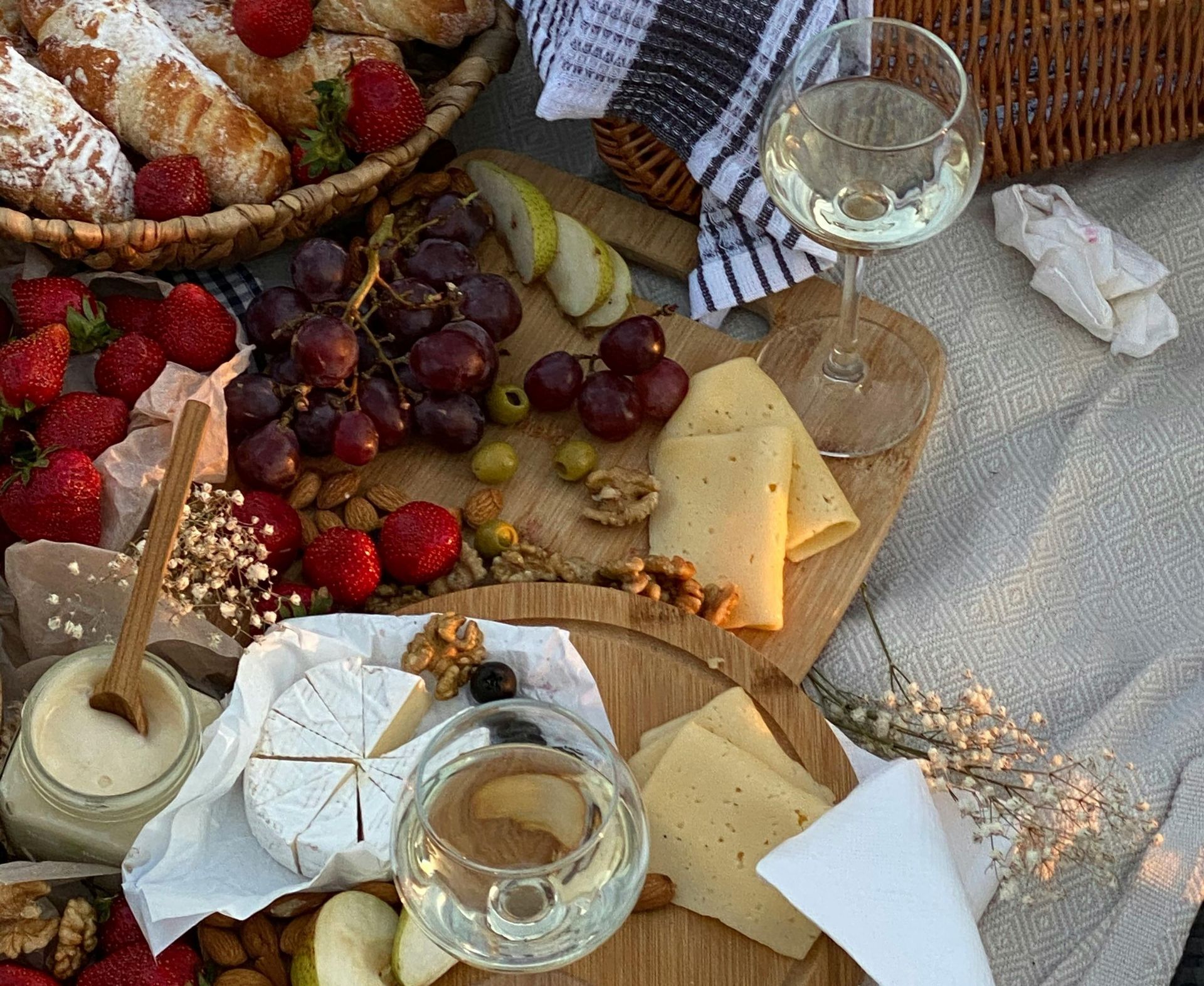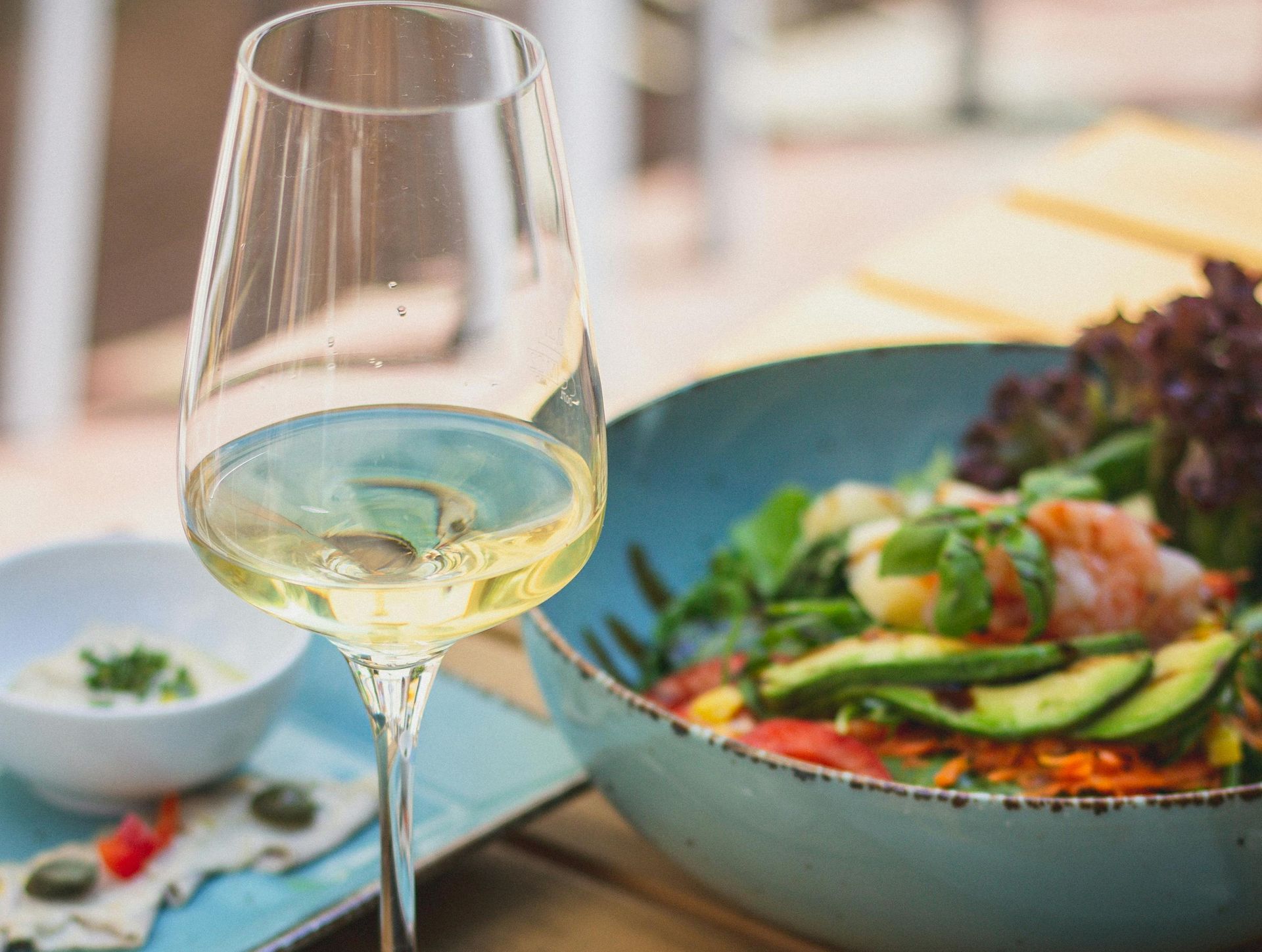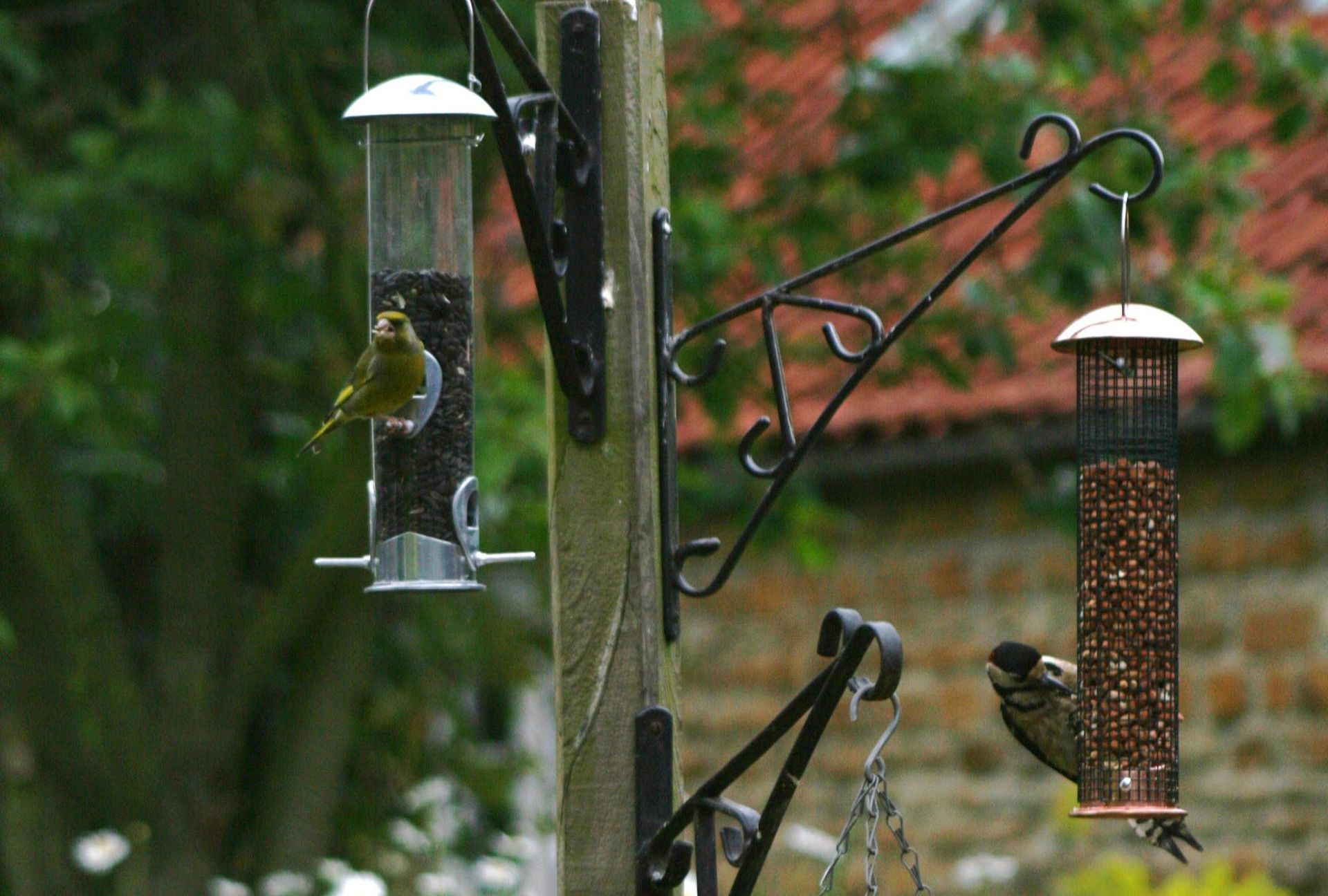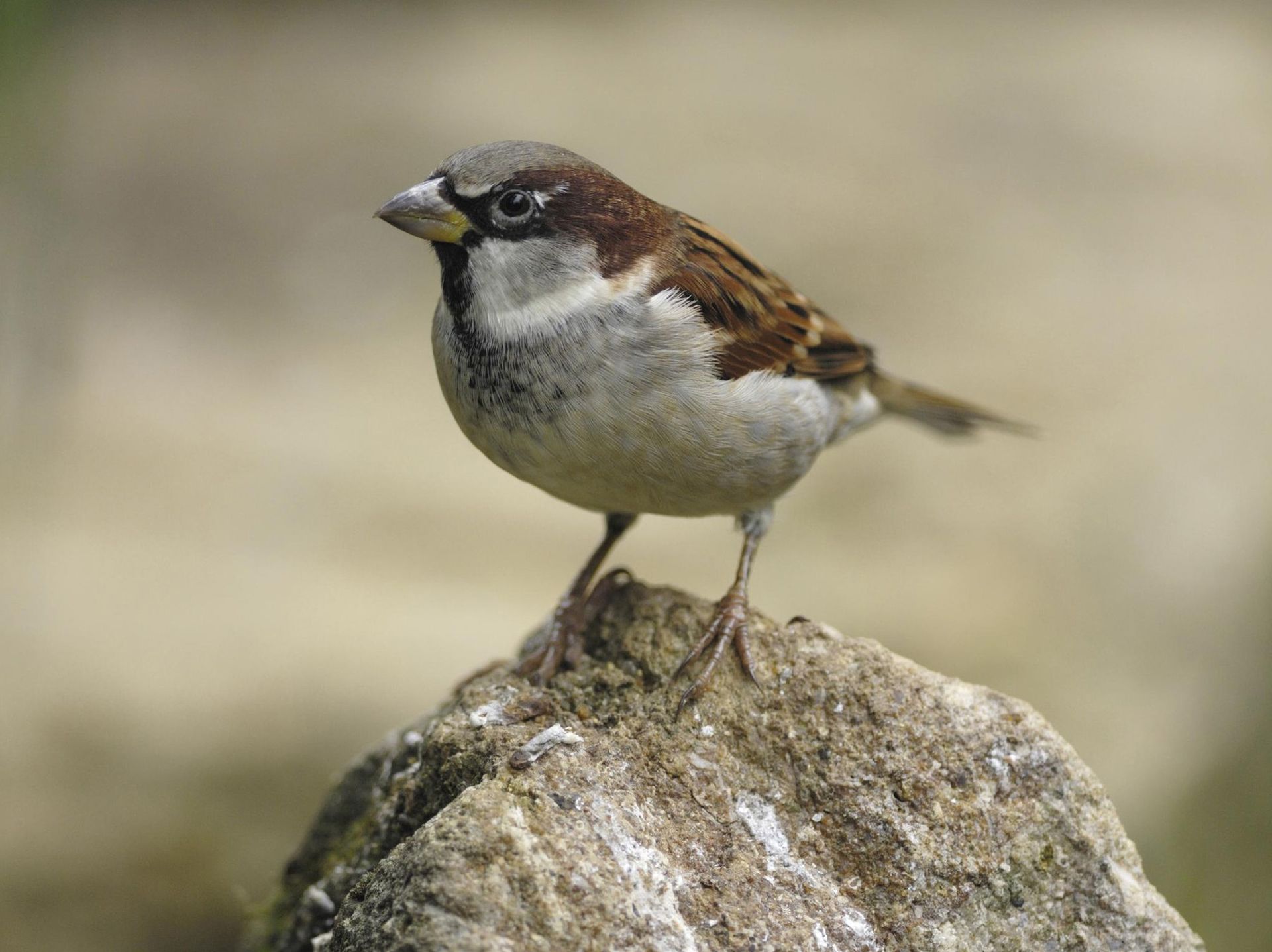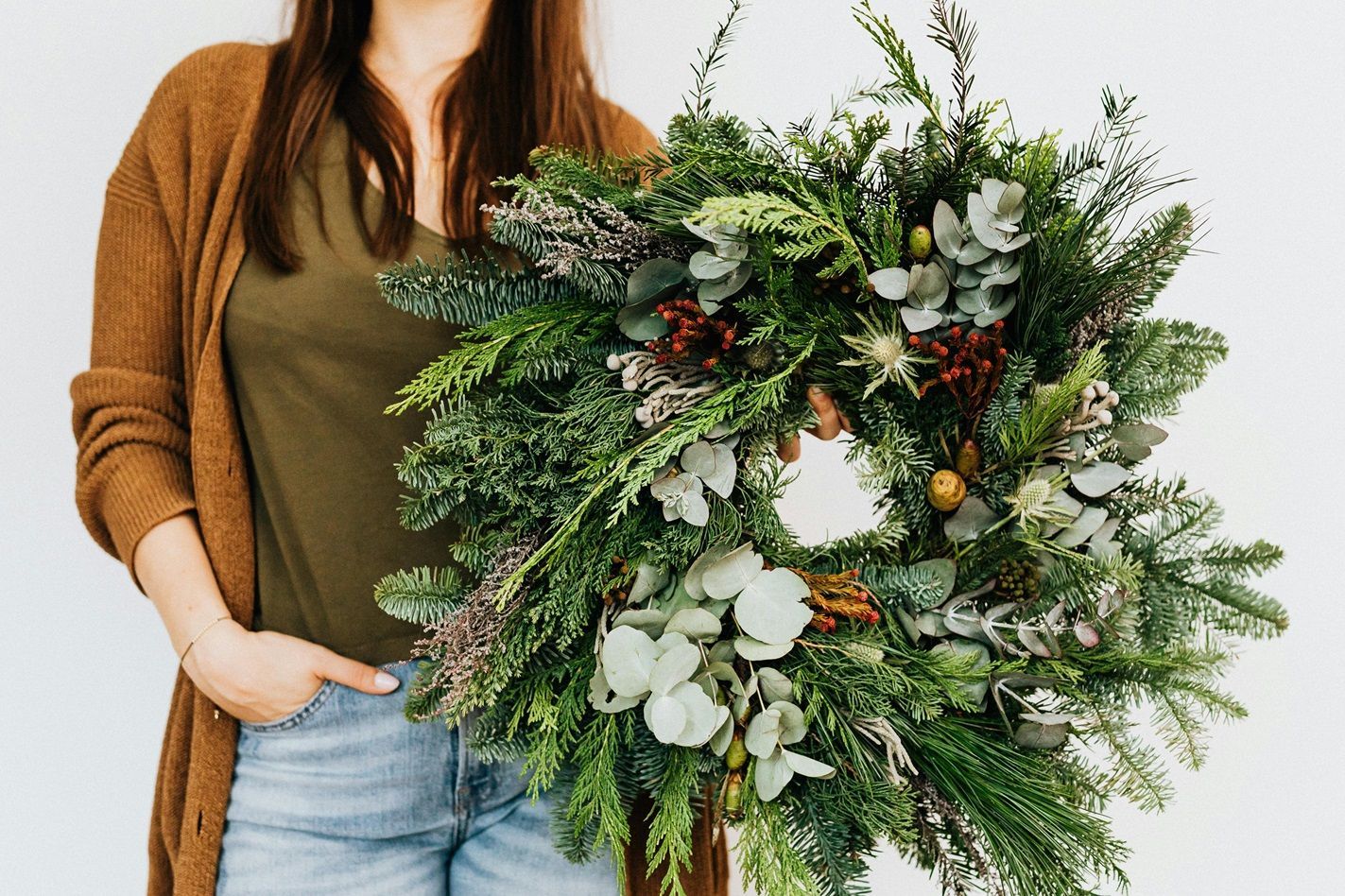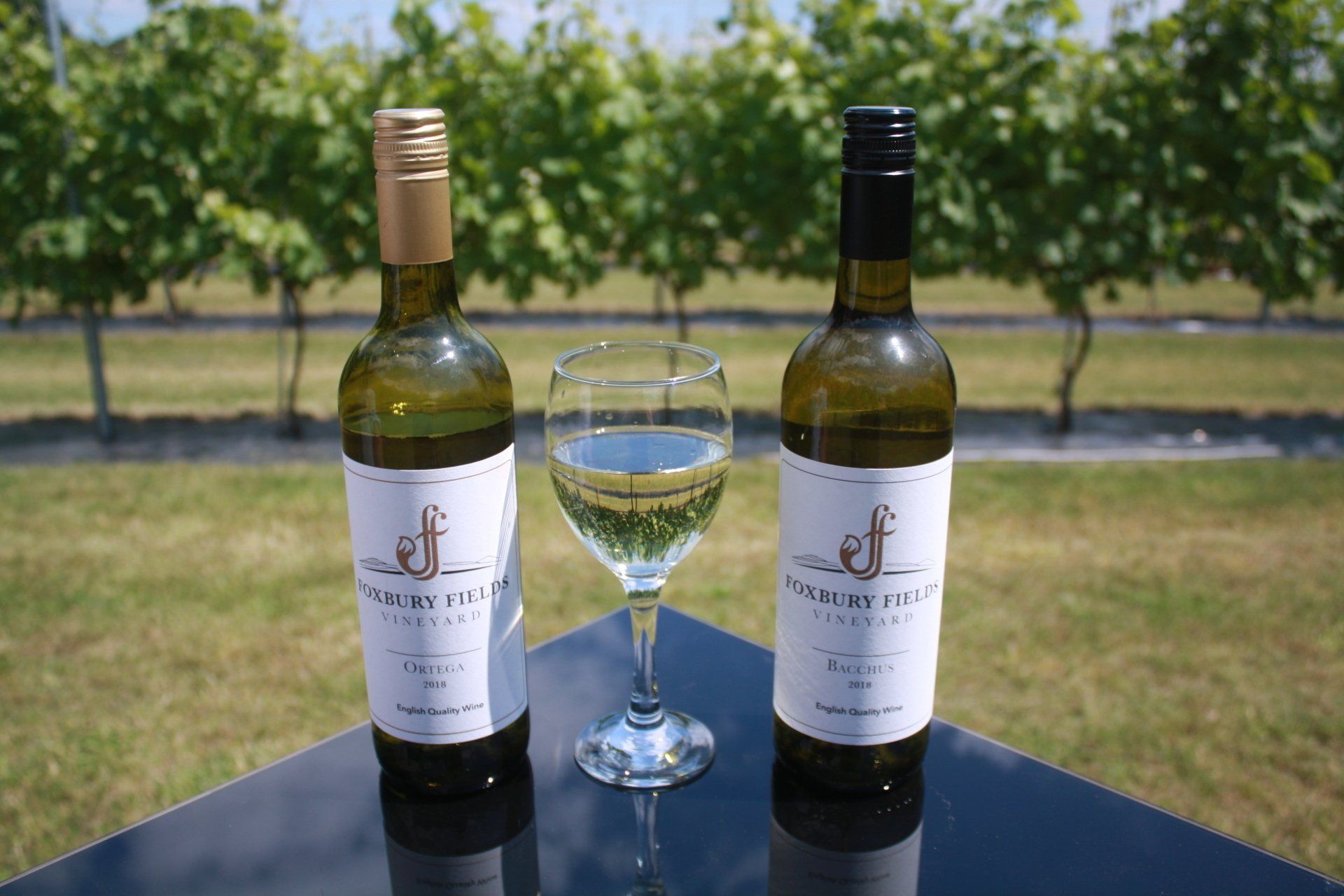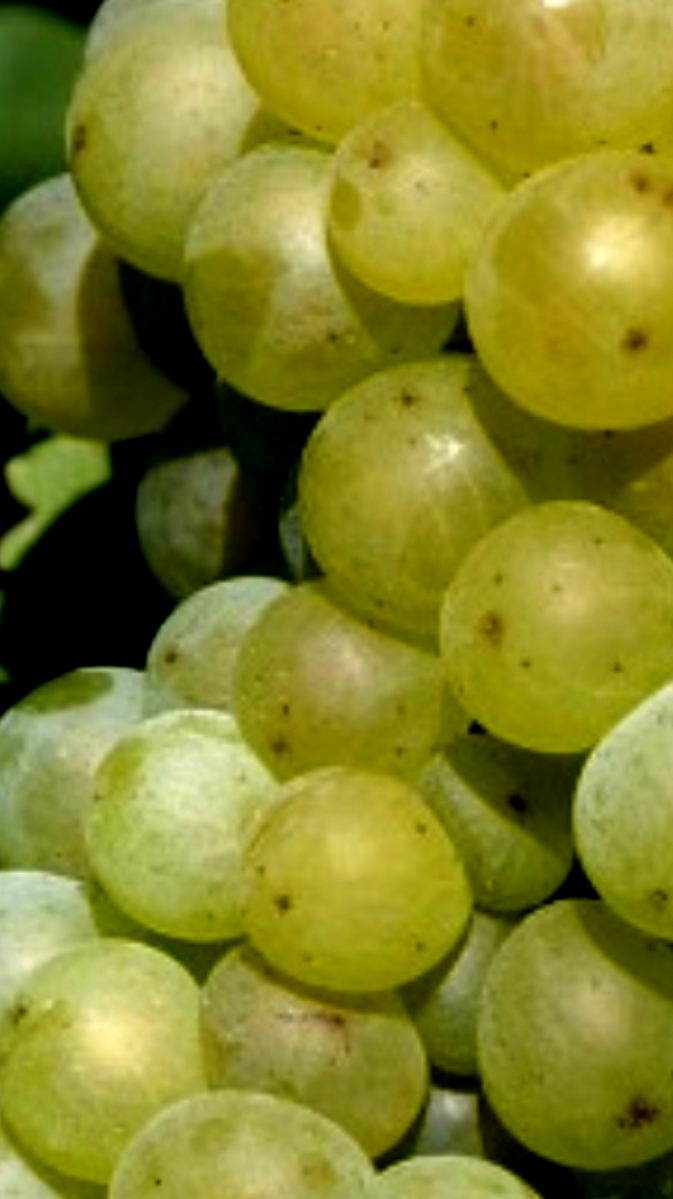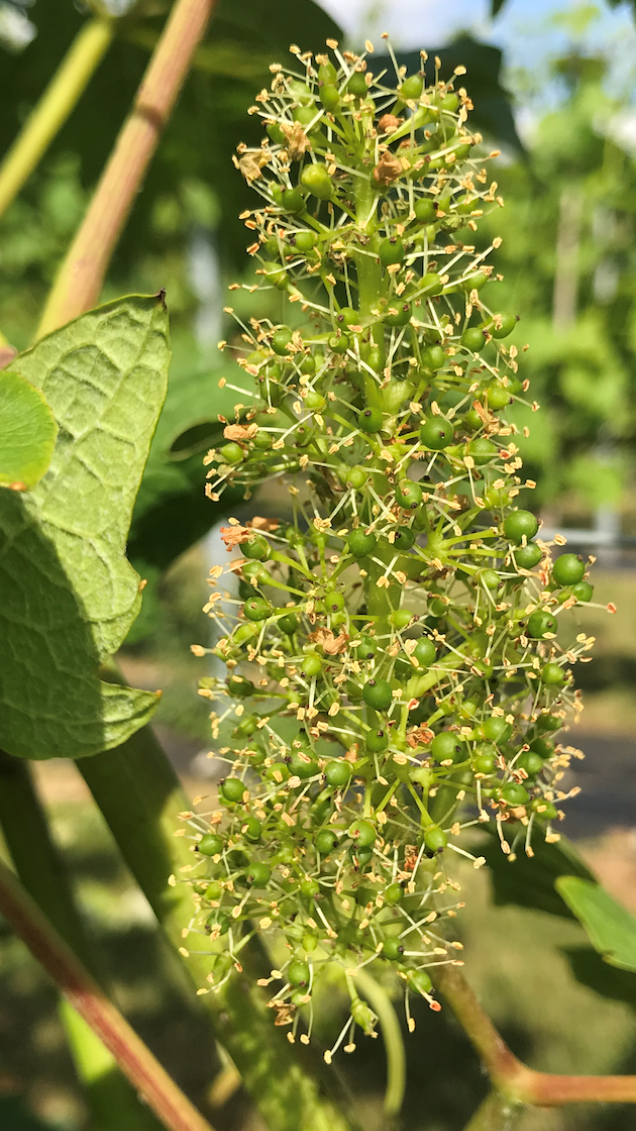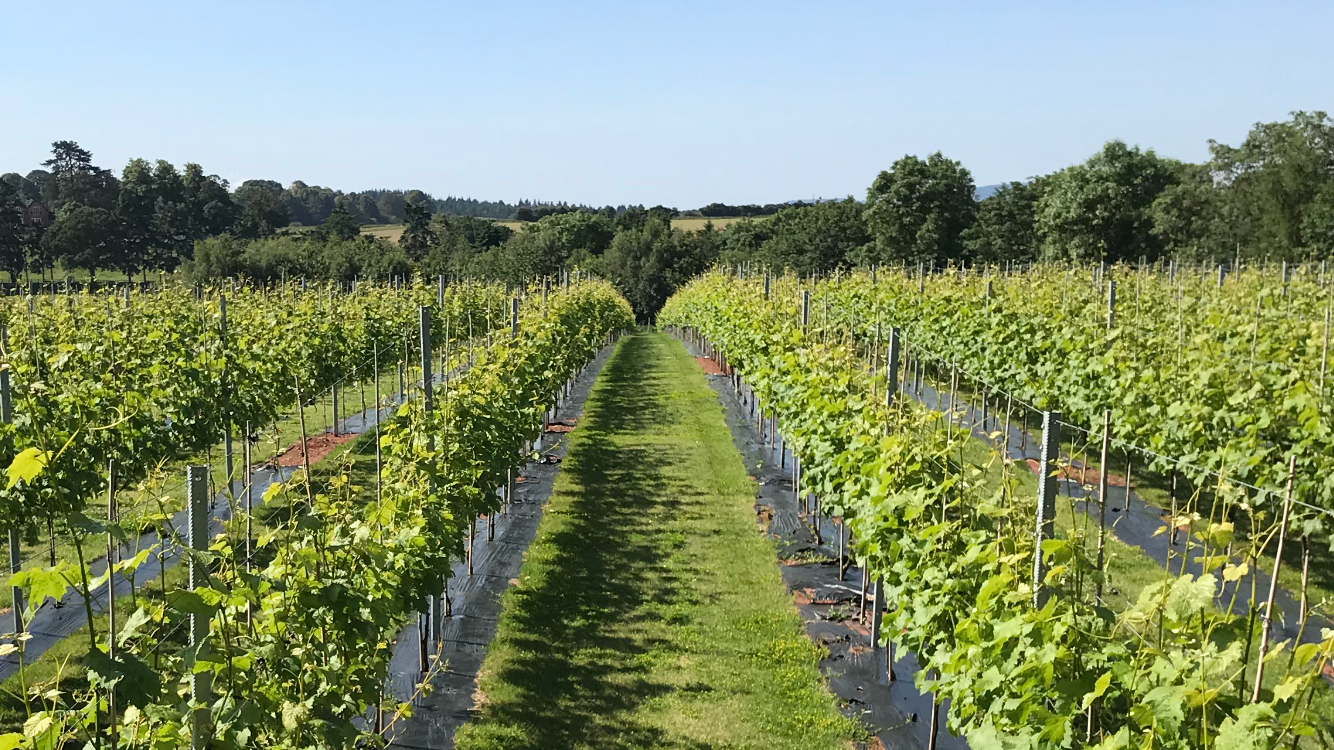The difference between wine aromas and bouquets
All the different terms surrounding wines and wine tasting can be confusing for beginners, so we’ve put together this handy blog post, so you can learn the lingo and become an expert in no time.
To put it simply, wine aroma and wine bouquet can be used to classify the origins of the wine.
Wine aroma is derived from the grape variety and wine bouquet comes from the winemaking process of fermentation and aging. For example, the smell of vanilla usually comes from aging wine in new oak barrels, so would be classed as a wine bouquet.
Wine aromas
Each grape used to make the wine offers a unique set of aromas. These are called primary aromas, and these are typically fruit, herb and flower smells, and occur naturally from just the grape.
Wine bouquets
Wine bouquets are derived from fermentation and aging. The fermentation process essentially turns grape sugars into alcohol and is associated with a yeast called Saccharomyces cerevisiae, which is essential in winemaking, baking and beer brewing. The process creates a group of bouquets referred to as secondary aromas.
The bouquets associated with aging are called tertiary aromas. The most important element of aging is exposing wine to oxygen. Oxygen helps to produce positive smelling bouquets including aromas of hazelnut and roasted peanut, however the most common element is the use of oak.
Oak barrels help to slowly introduce oxygen to wine and flavour the wine with its own compounds, in a similar way that tea leaves flavour water.
So, next time you’re sampling some wine and giving it a sniff, you’ll have a much better knowledge of its aromas and bouquets and will be able to impress all your friends.
Like to try some of our wine? We’ve an online shop or you can buy from our stockists.
